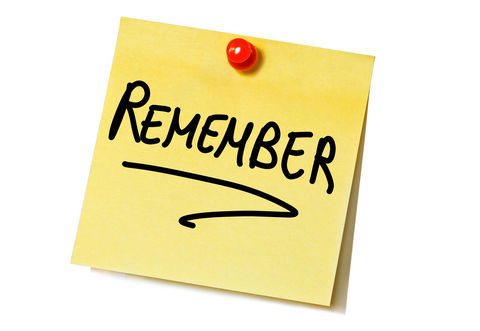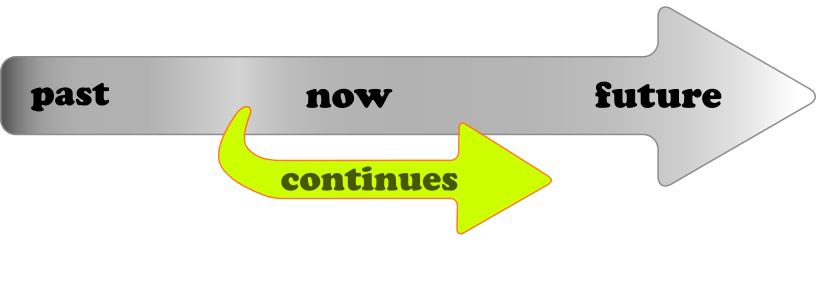Het arrangement MH1A Practice is gemaakt met Wikiwijs van Kennisnet. Wikiwijs is hét onderwijsplatform waar je leermiddelen zoekt, maakt en deelt.
- Auteur
- Laatst gewijzigd
- 2025-01-14 12:36:52
- Licentie
-
Dit lesmateriaal is gepubliceerd onder de Creative Commons Naamsvermelding 4.0 Internationale licentie. Dit houdt in dat je onder de voorwaarde van naamsvermelding vrij bent om:
- het werk te delen - te kopiëren, te verspreiden en door te geven via elk medium of bestandsformaat
- het werk te bewerken - te remixen, te veranderen en afgeleide werken te maken
- voor alle doeleinden, inclusief commerciële doeleinden.
Meer informatie over de CC Naamsvermelding 4.0 Internationale licentie.
Aanvullende informatie over dit lesmateriaal
Van dit lesmateriaal is de volgende aanvullende informatie beschikbaar:
- Toelichting
- MH1A Practice
- Eindgebruiker
- leerling/student
- Moeilijkheidsgraad
- gemiddeld
Bronnen
| Bron | Type |
|---|---|
|
Exercise 1 (mix) https://www.ego4u.com/en/cram-up/grammar/adjectives-adverbs/adjectives/exercises |
Link |
|
Exercise 2 (fill in both forms) http://www.english-4u.de/comparison_ex4.htm |
Link |
|
Exercise 3 (mix -er & -est, more & most) http://www.english-4u.de/comparison_ex6.htm |
Link |
|
Exercise 4 (mix -er & -est, more & most) http://www.english-4u.de/comparison_ex2.htm |
Link |
|
Exercise 5 (mix met -er & -est, more & most) http://www.englisch-hilfen.de/en/exercises/adjectives_adverbs/adjectives_comparison_sentences.htm |
Link |
Gebruikte Wikiwijs Arrangementen
Verweij, N. (z.d.).
Comparison (vergelijkingen) - kopie 1
https://maken.wikiwijs.nl/212942/Comparison__vergelijkingen____kopie_1
Verweij, N. (z.d.).
present simpel en present continuous - kopie 1
https://maken.wikiwijs.nl/212945/present_simpel_en_present_continuous___kopie_1
Verweij, N. (z.d.).
Present Simple vs. Present continuous - kopie 1
https://maken.wikiwijs.nl/212947/Present_Simple_vs__Present_continuous___kopie_1




